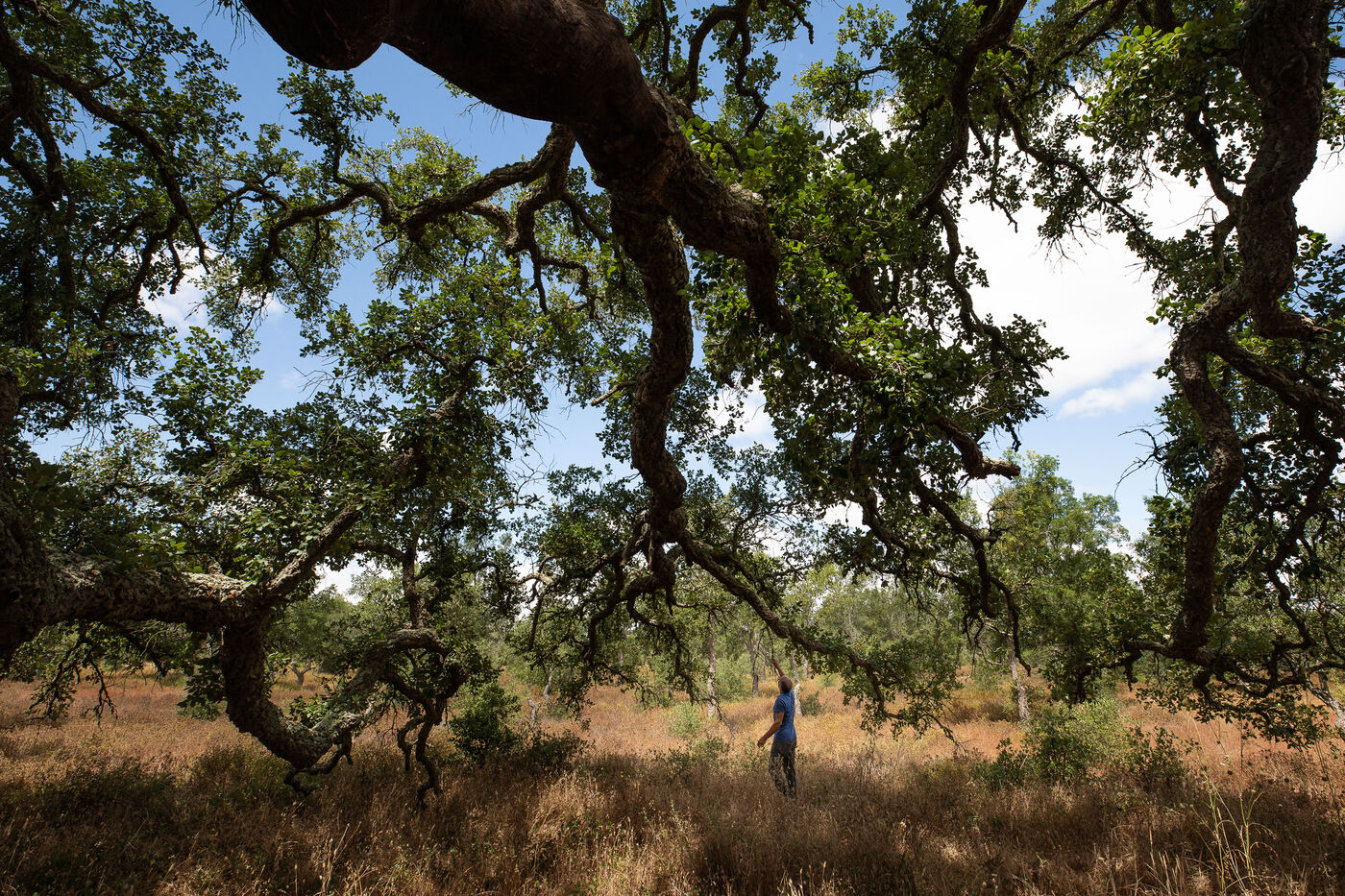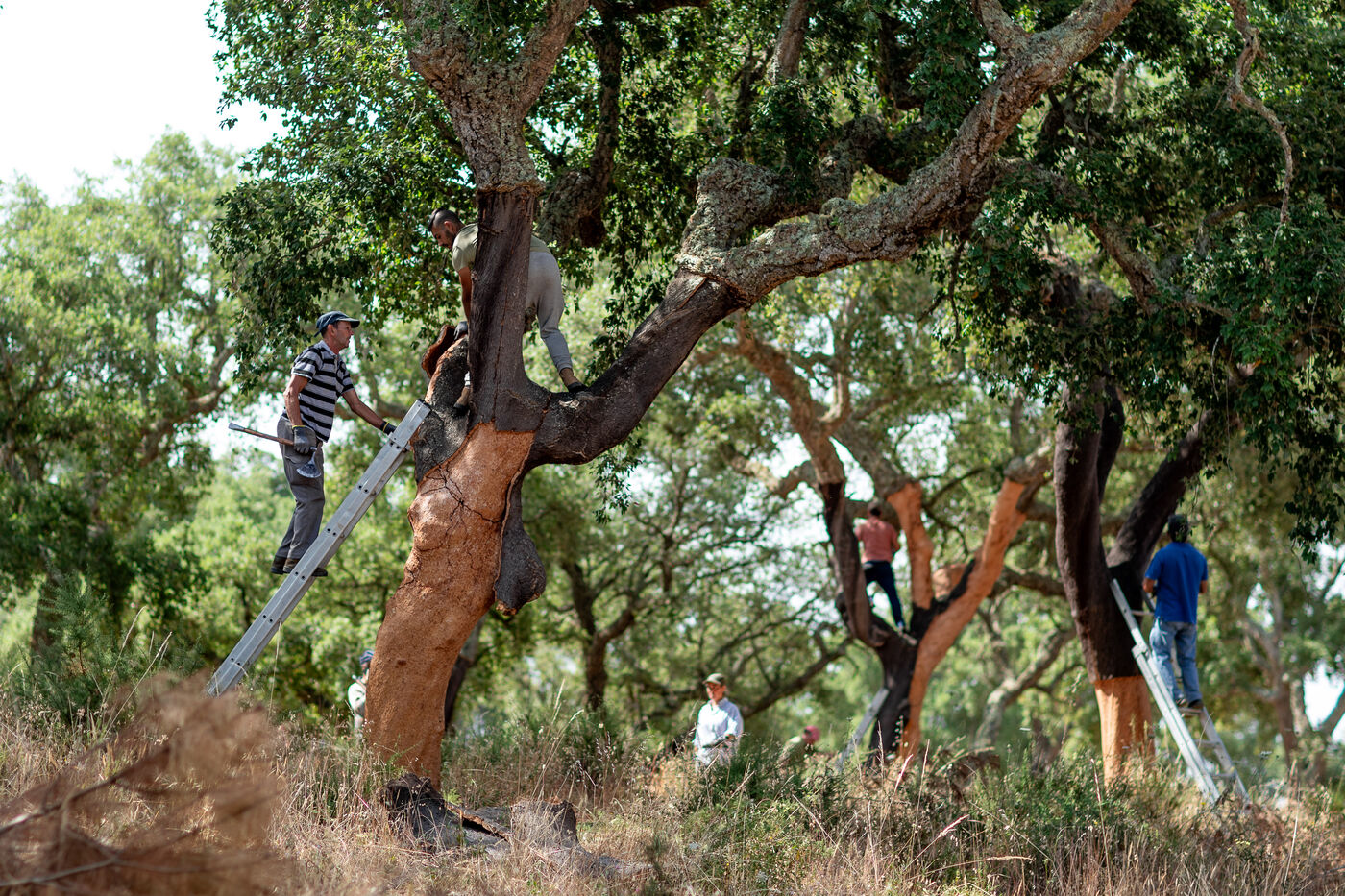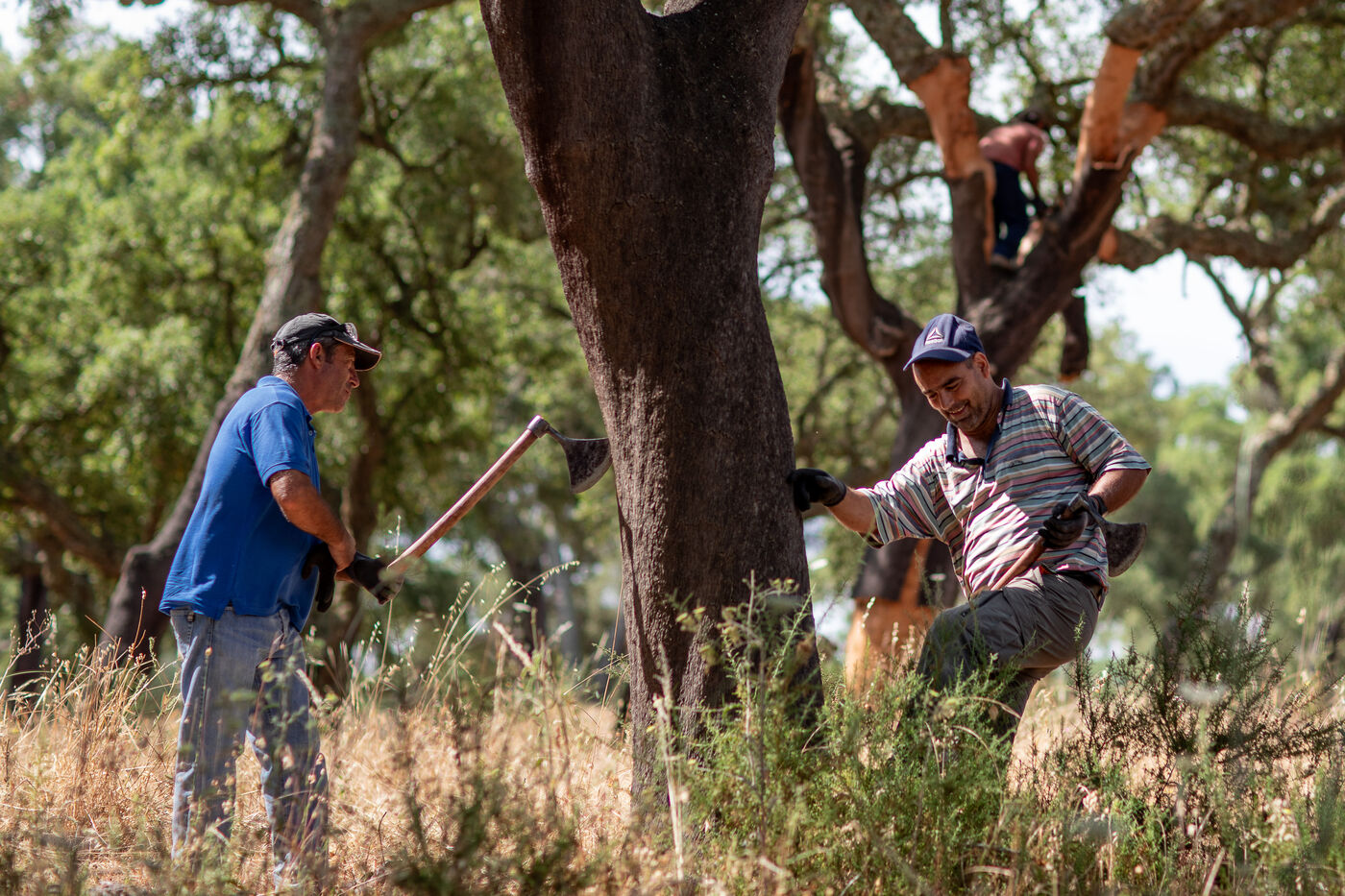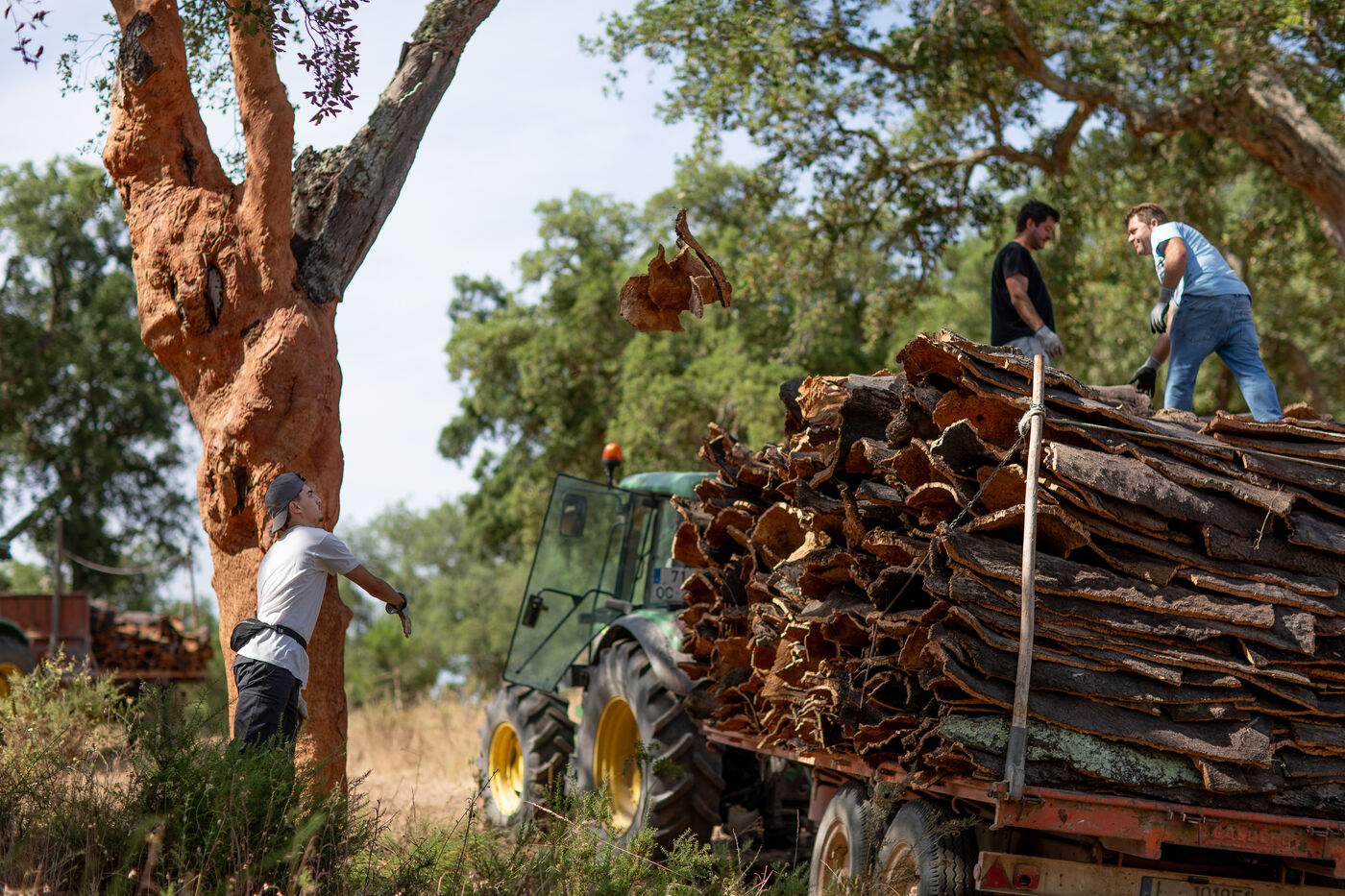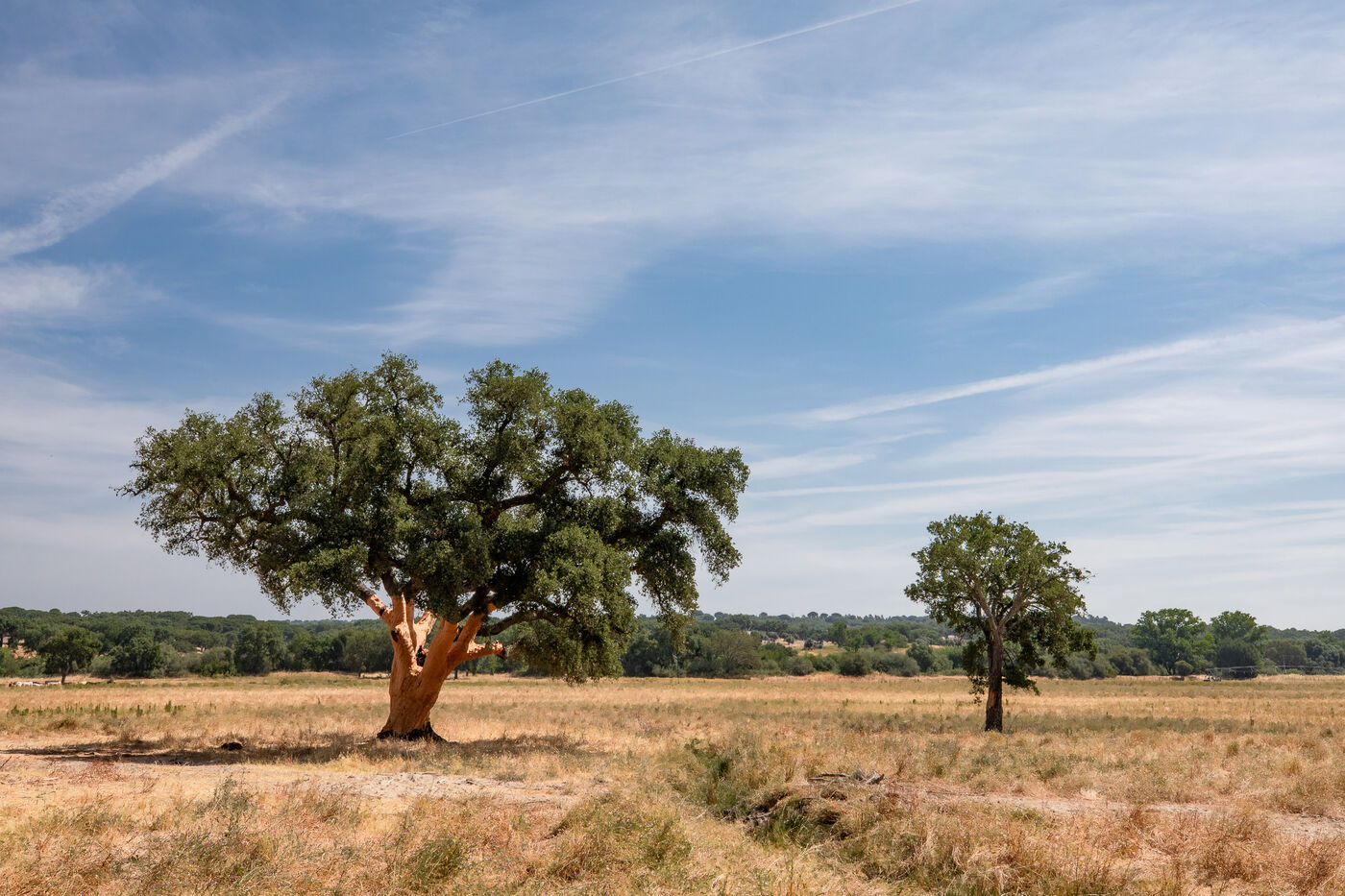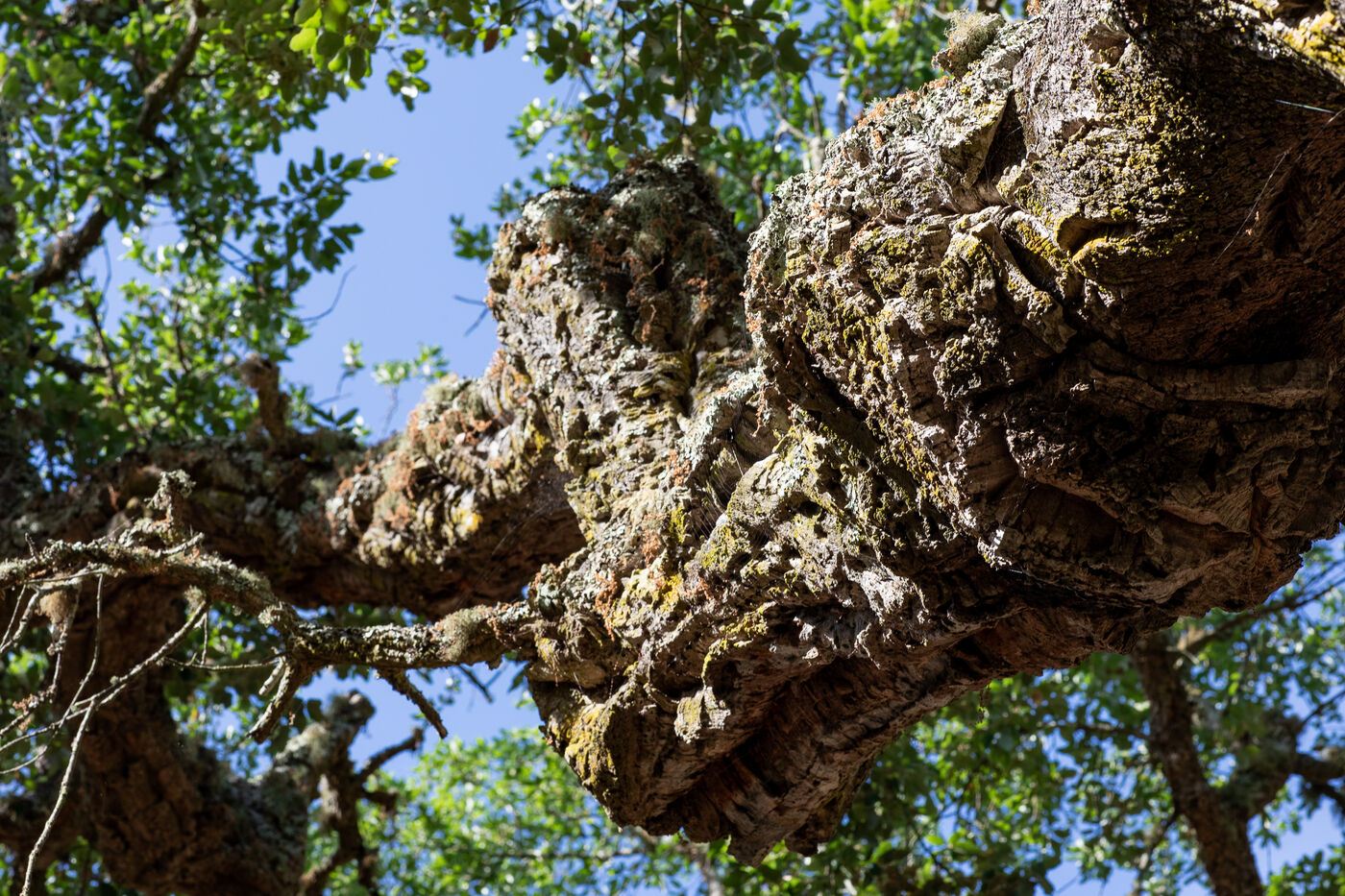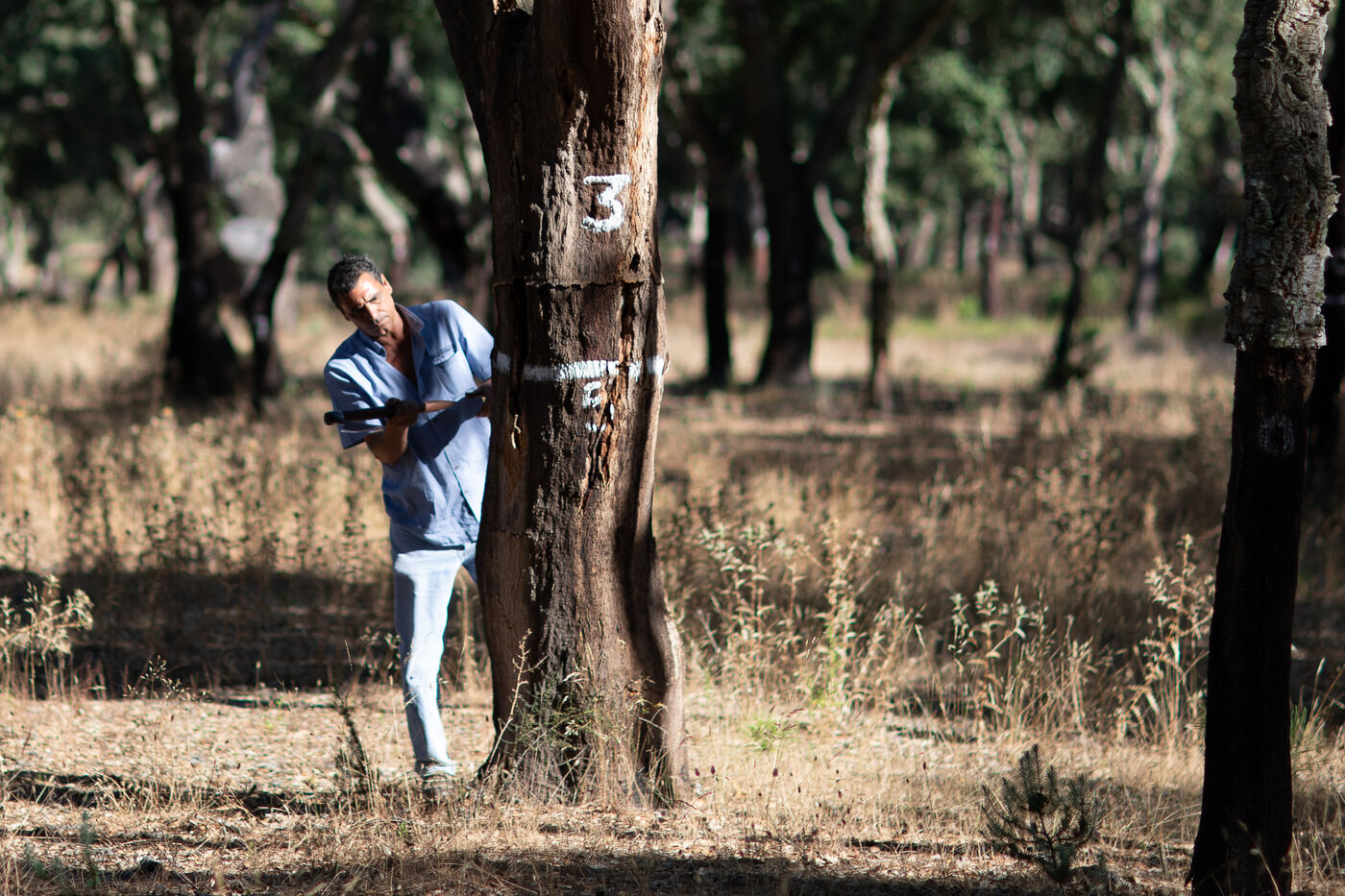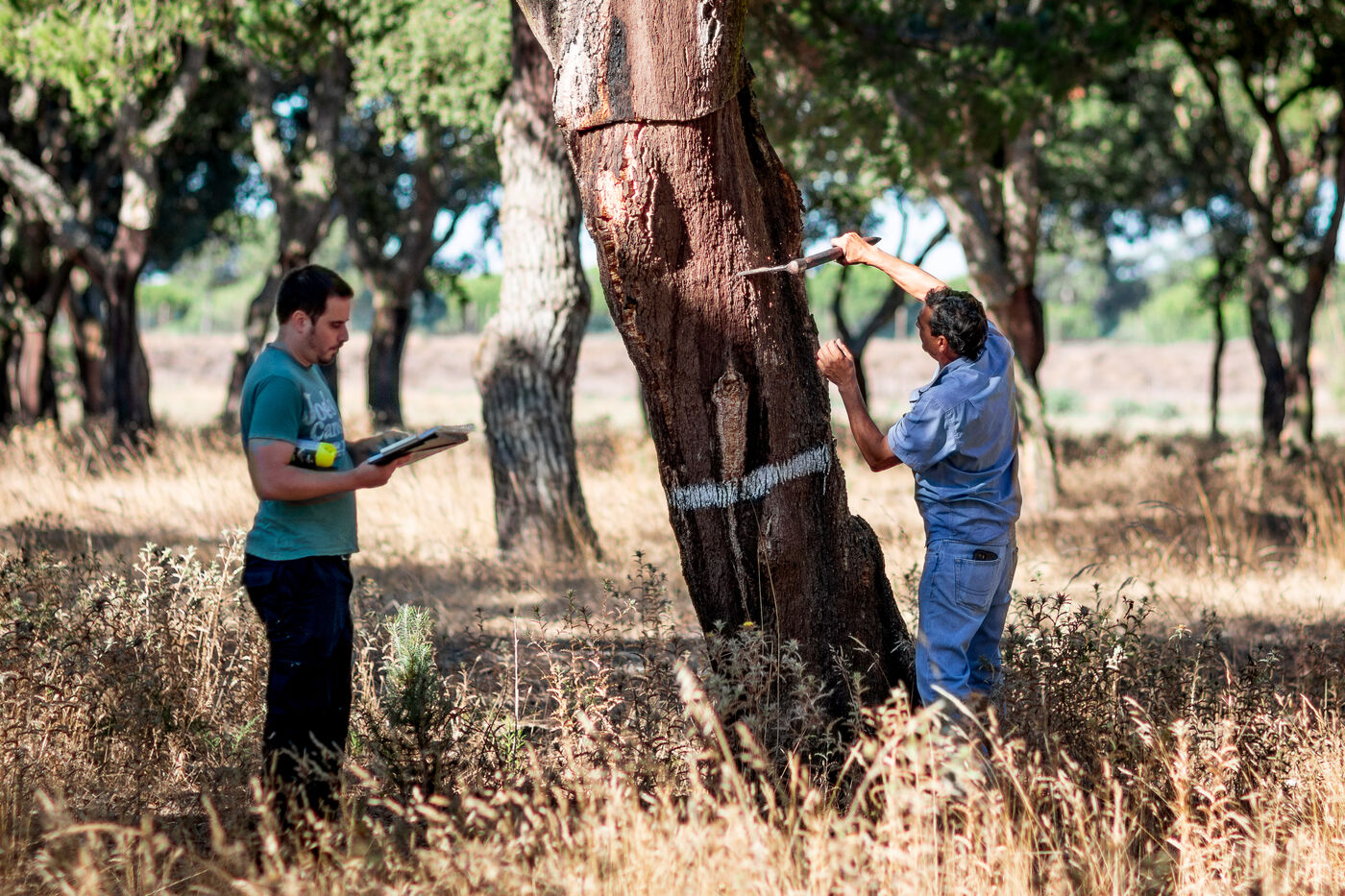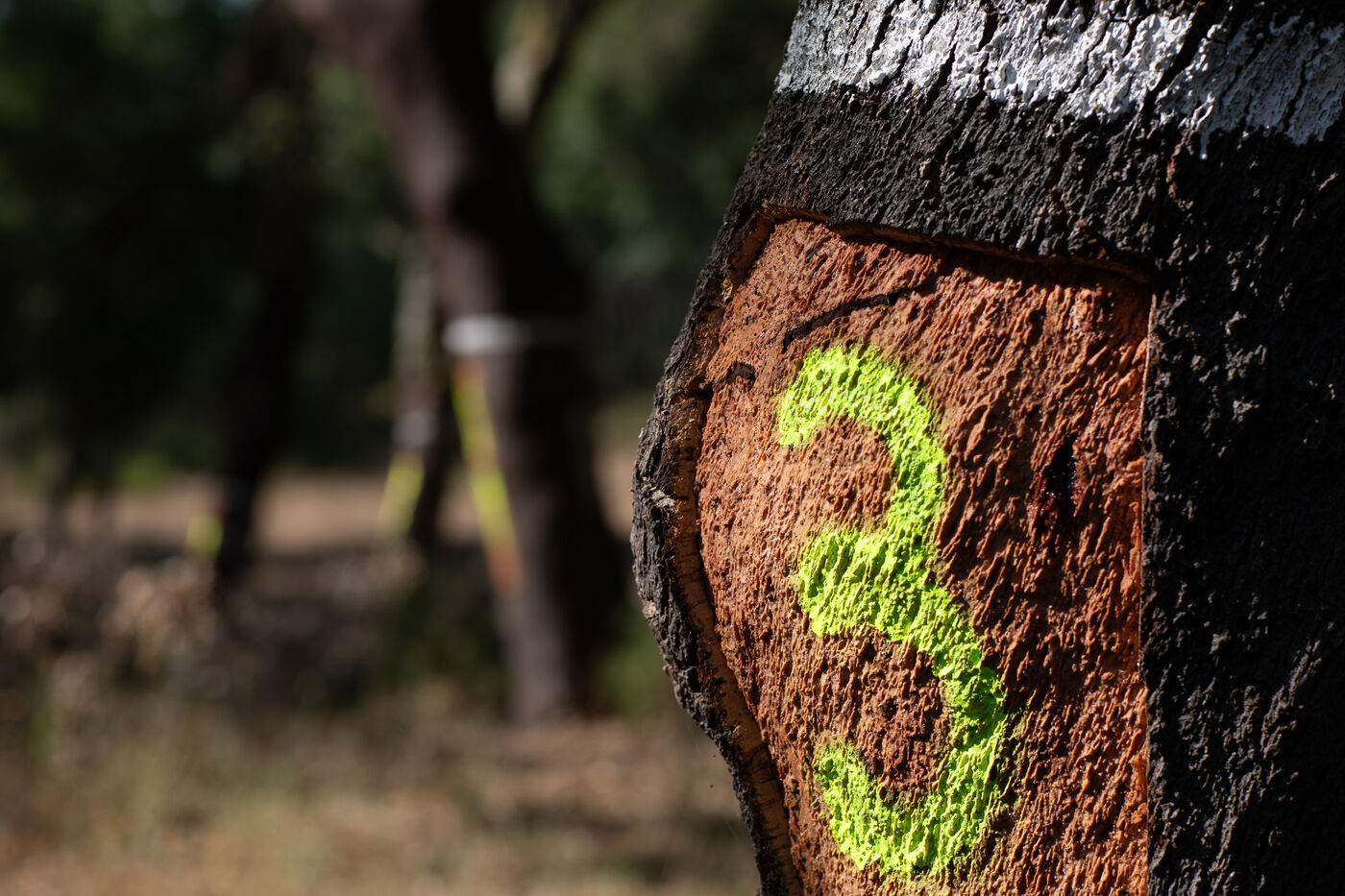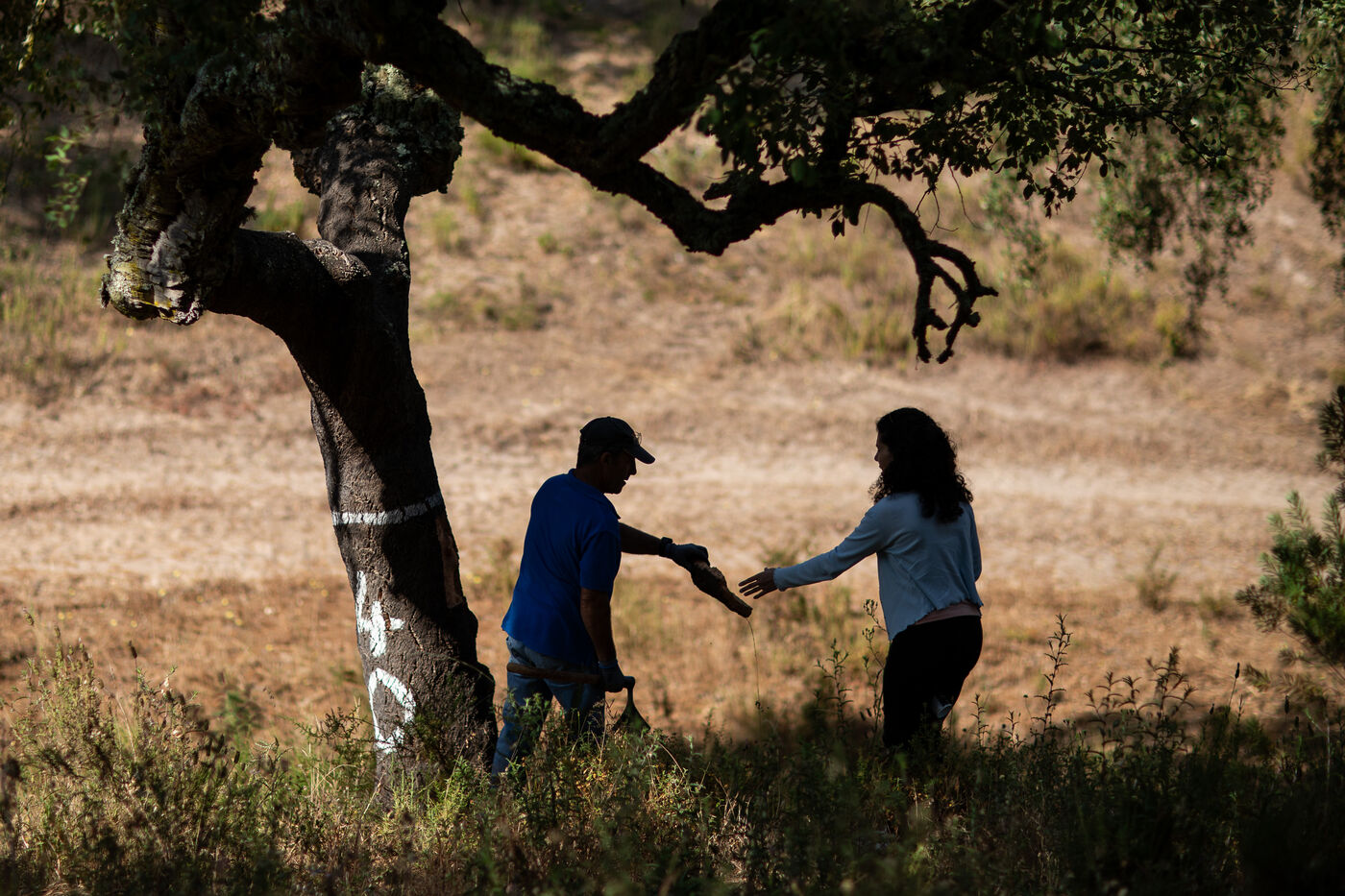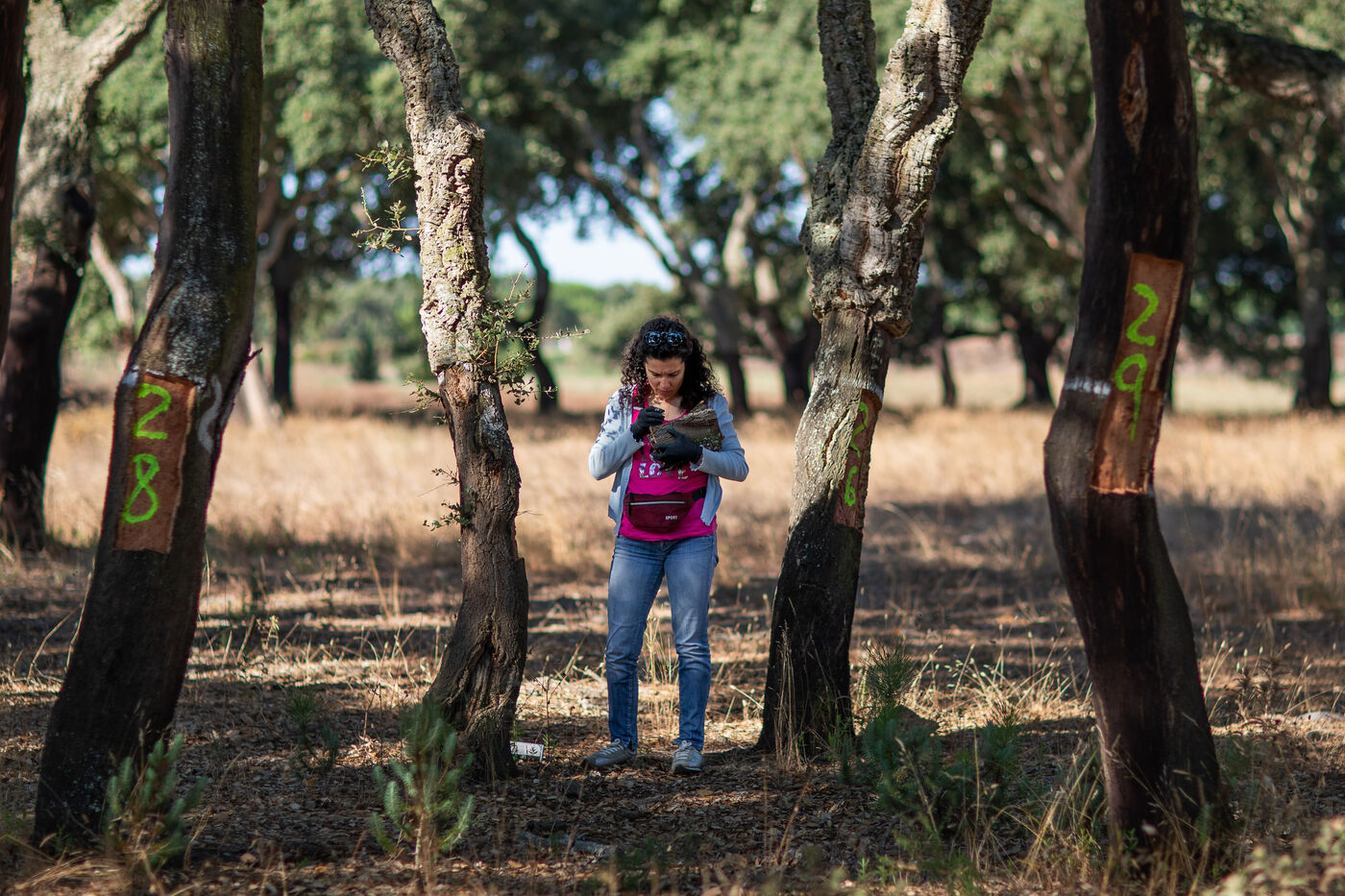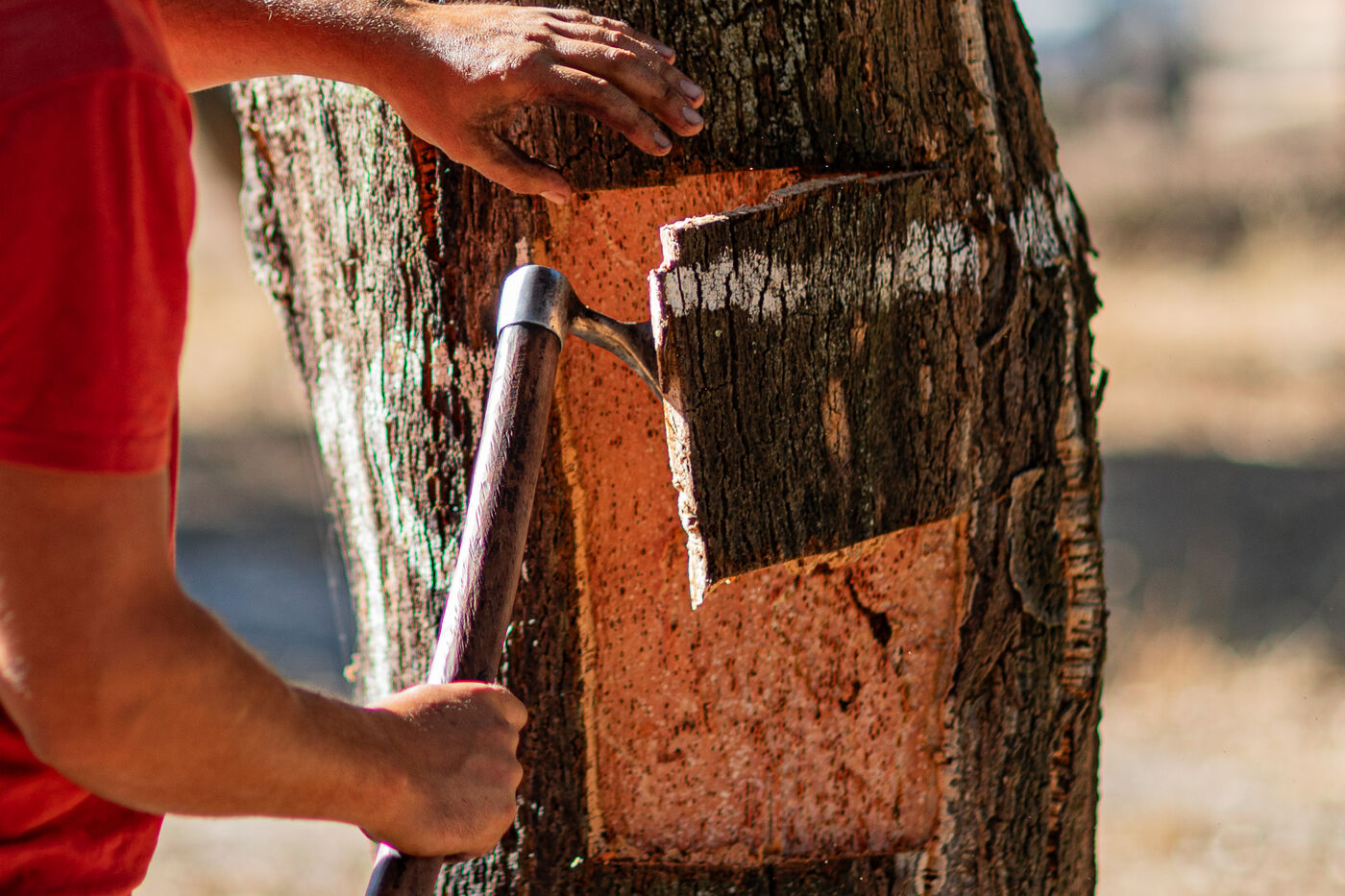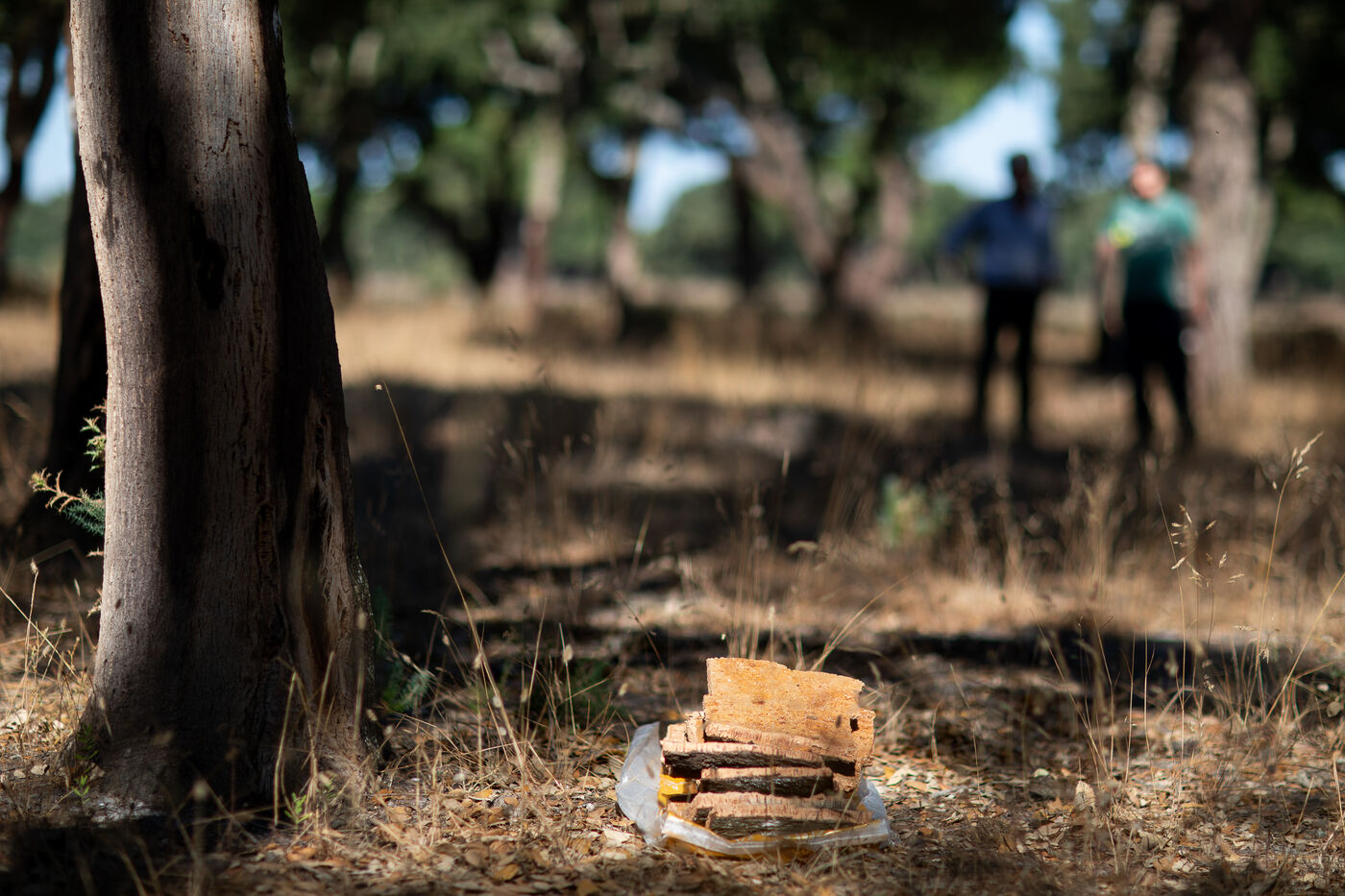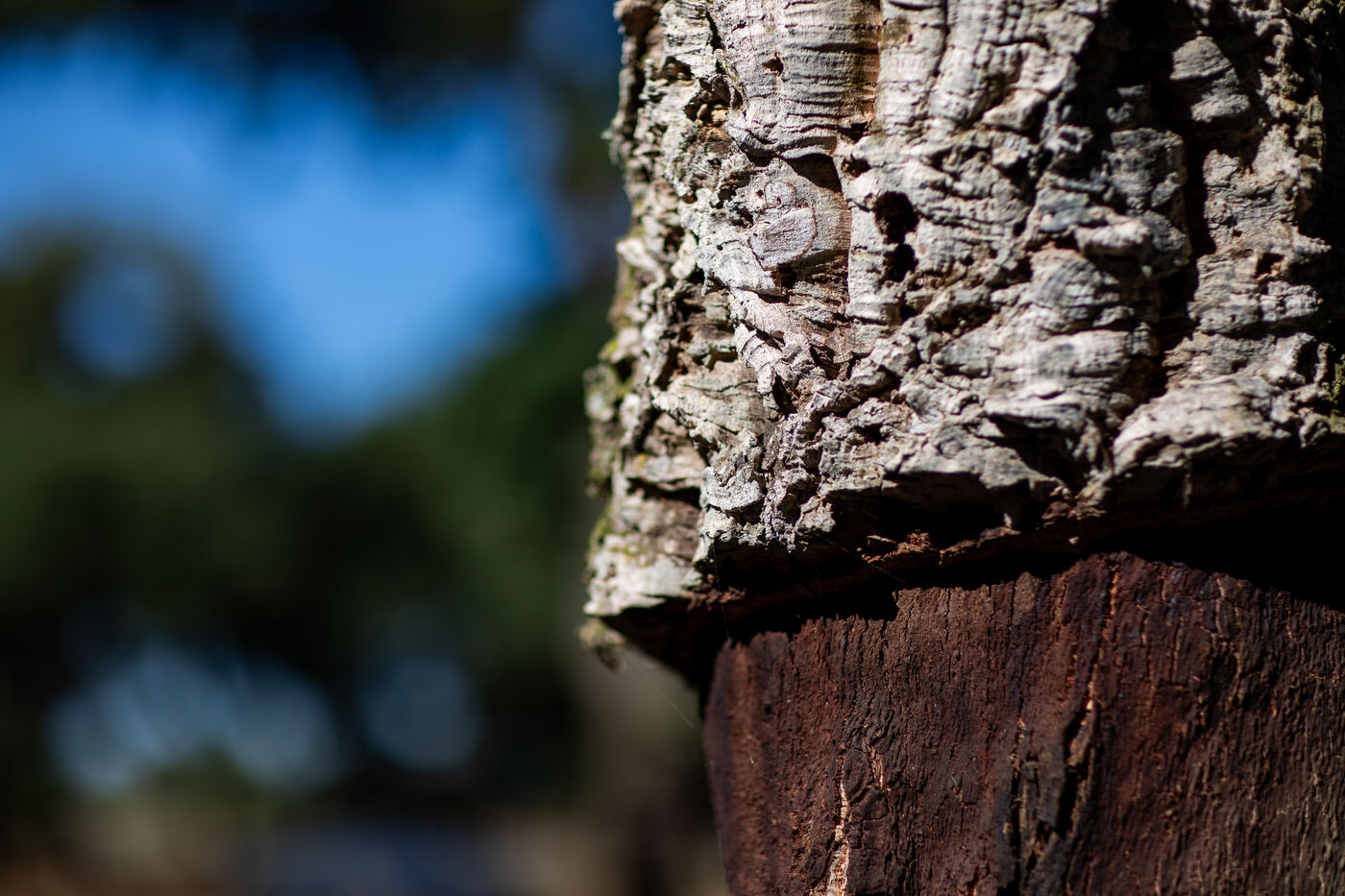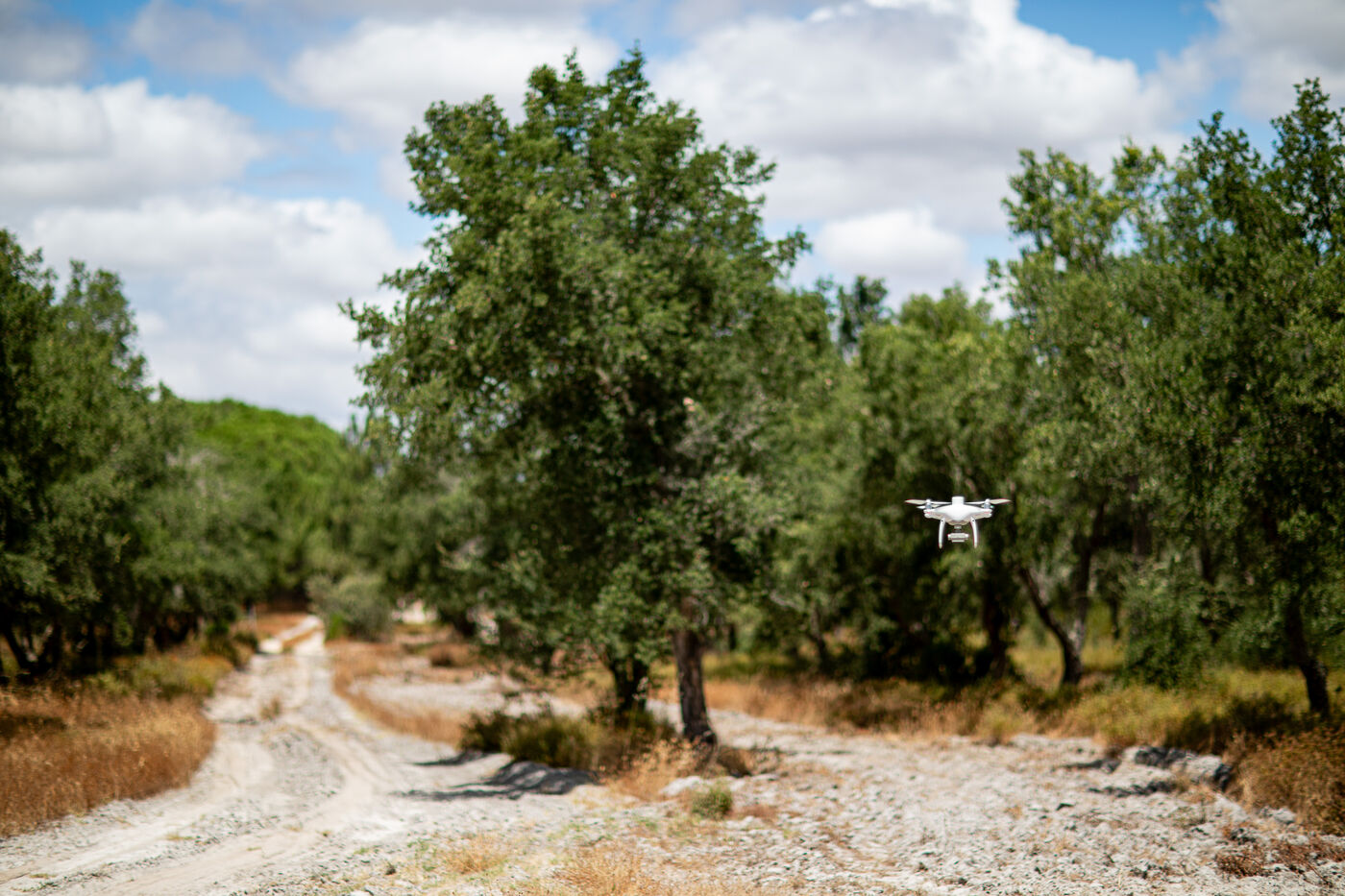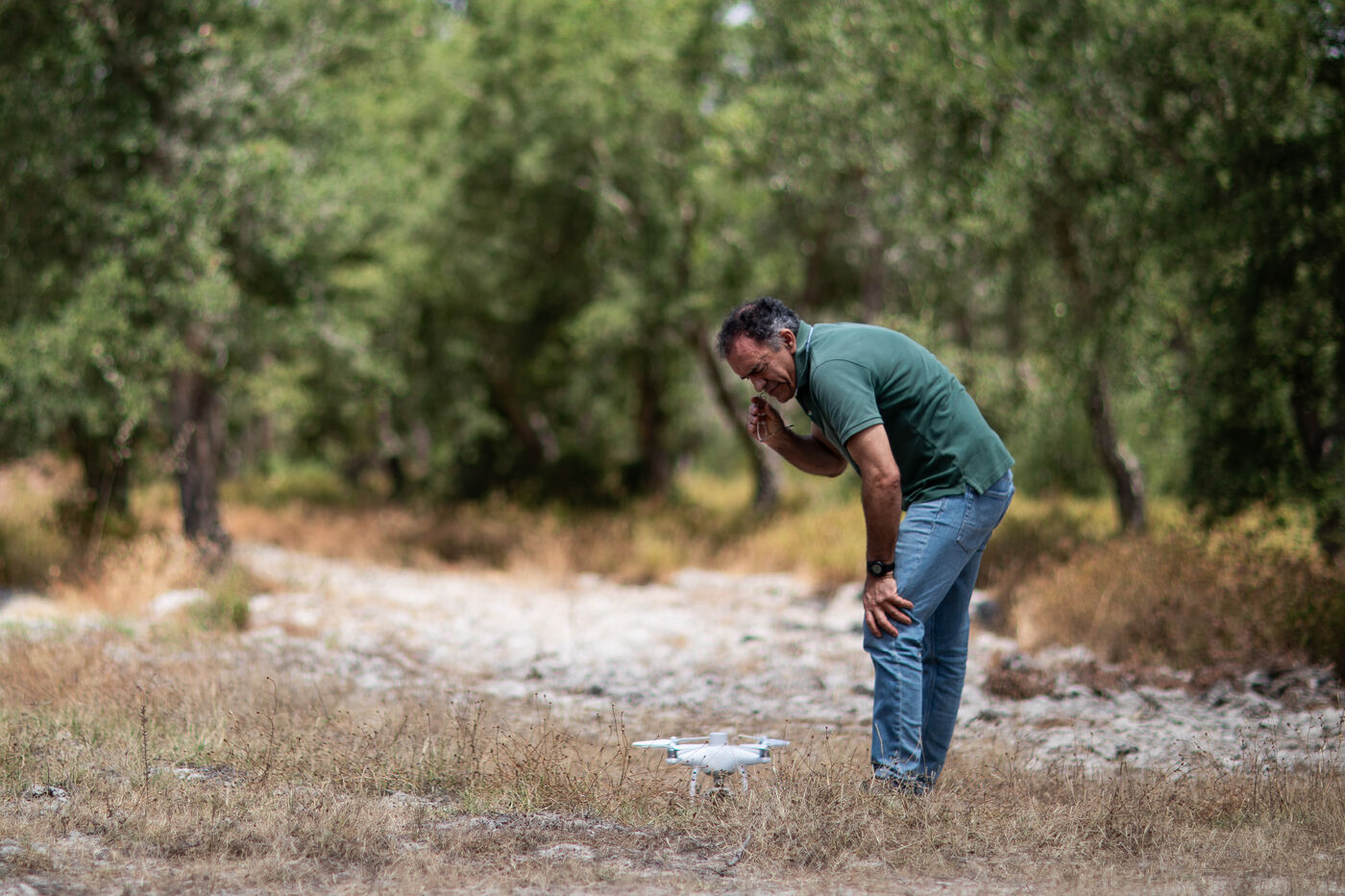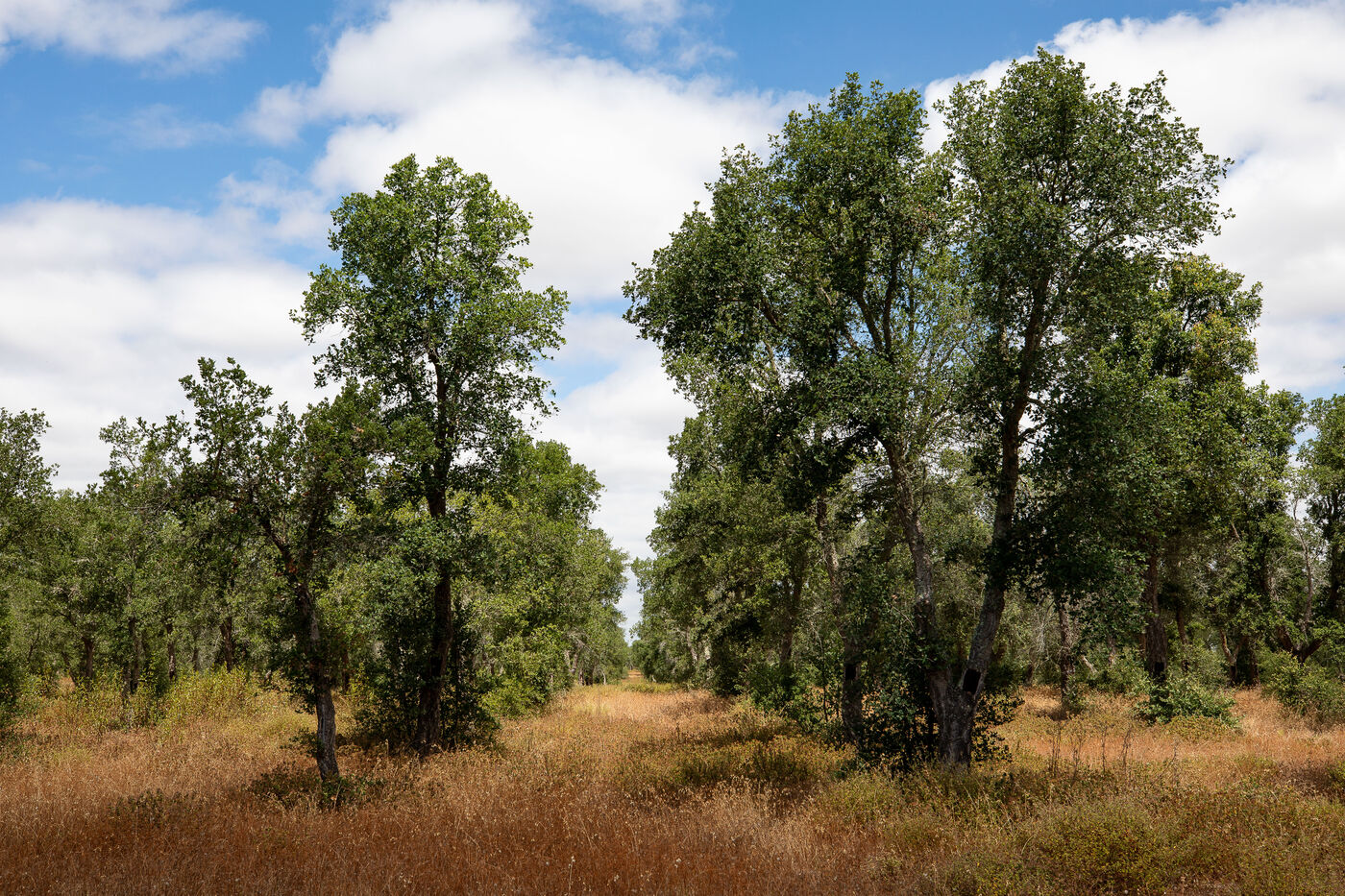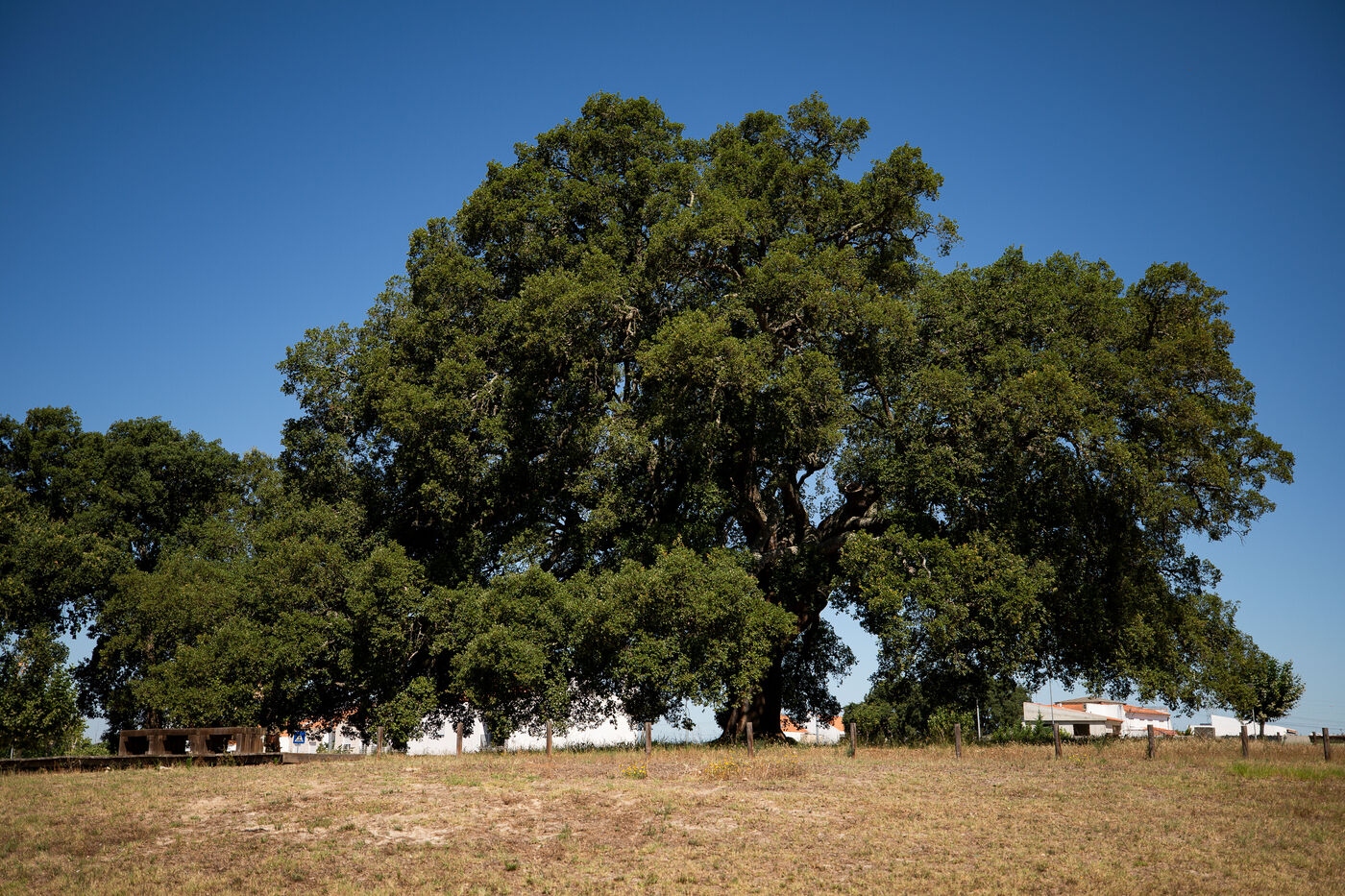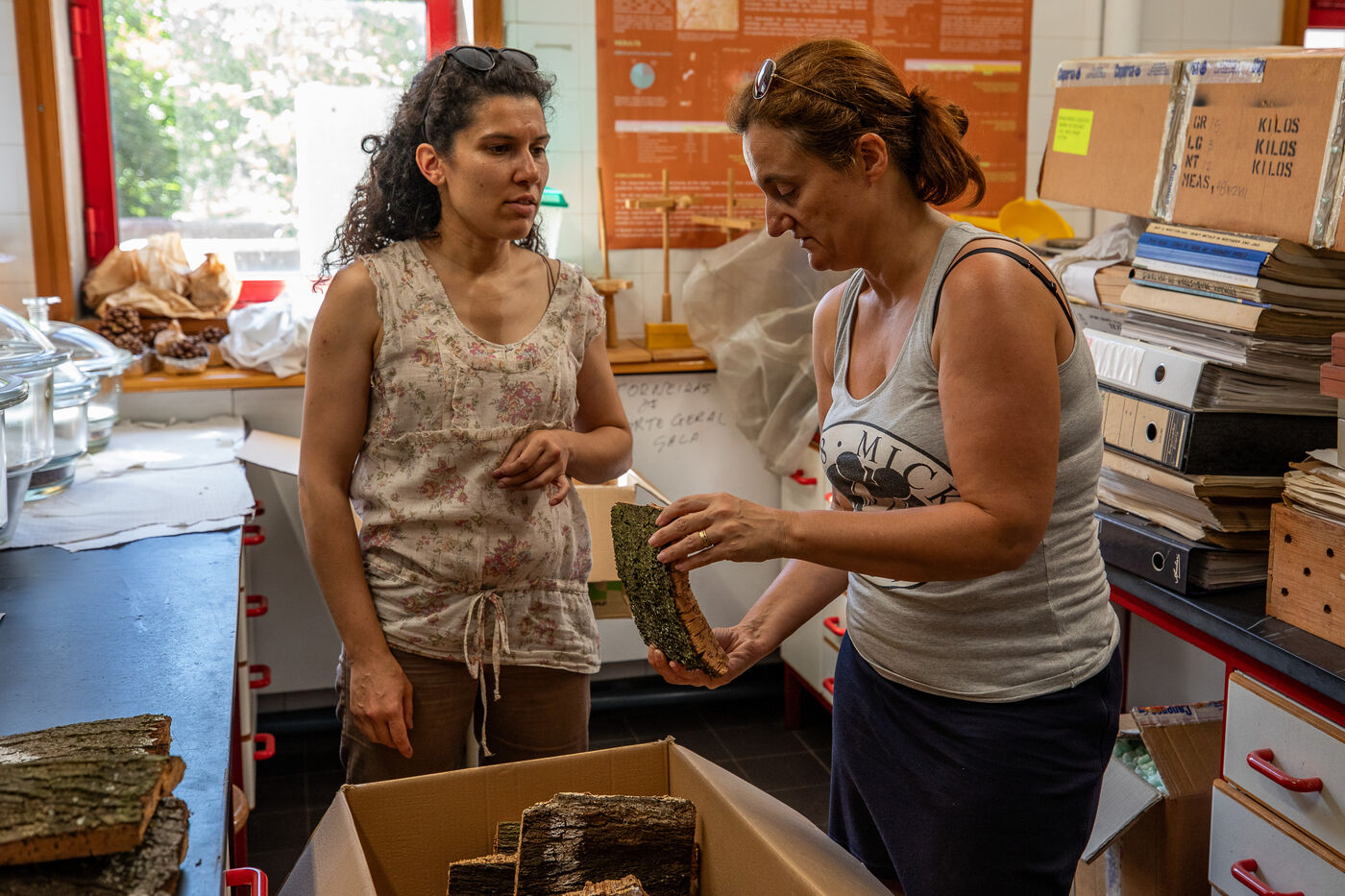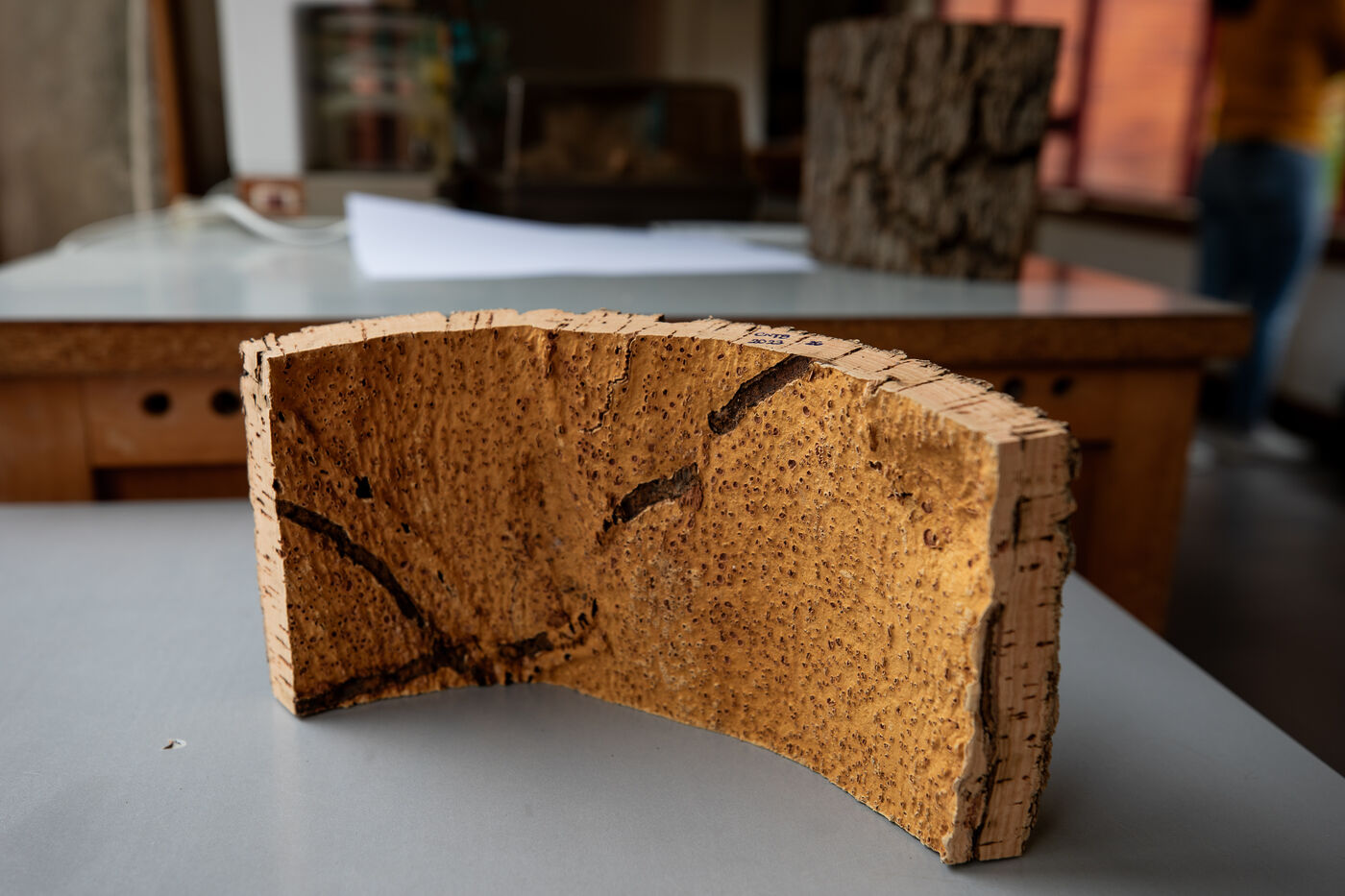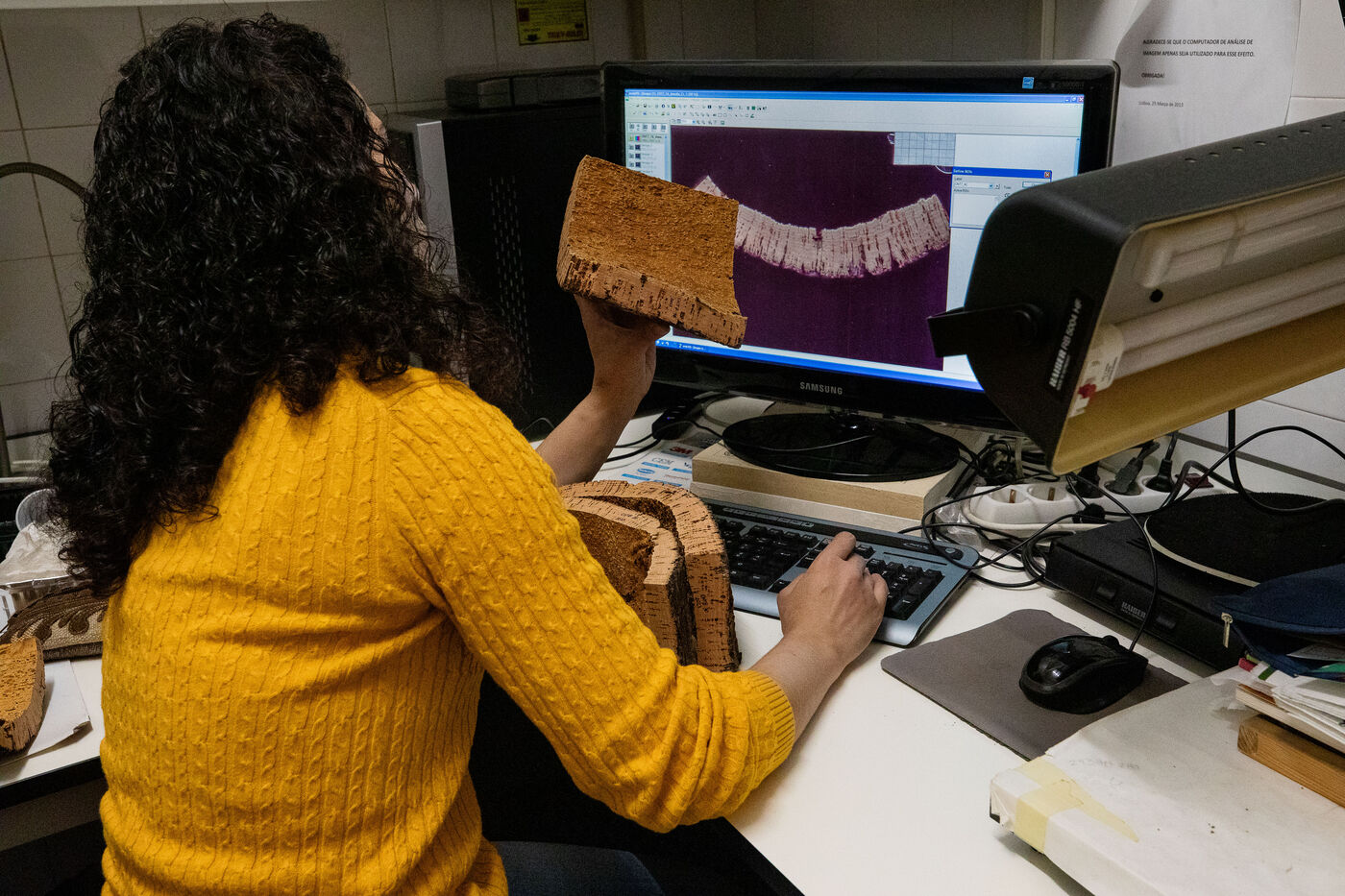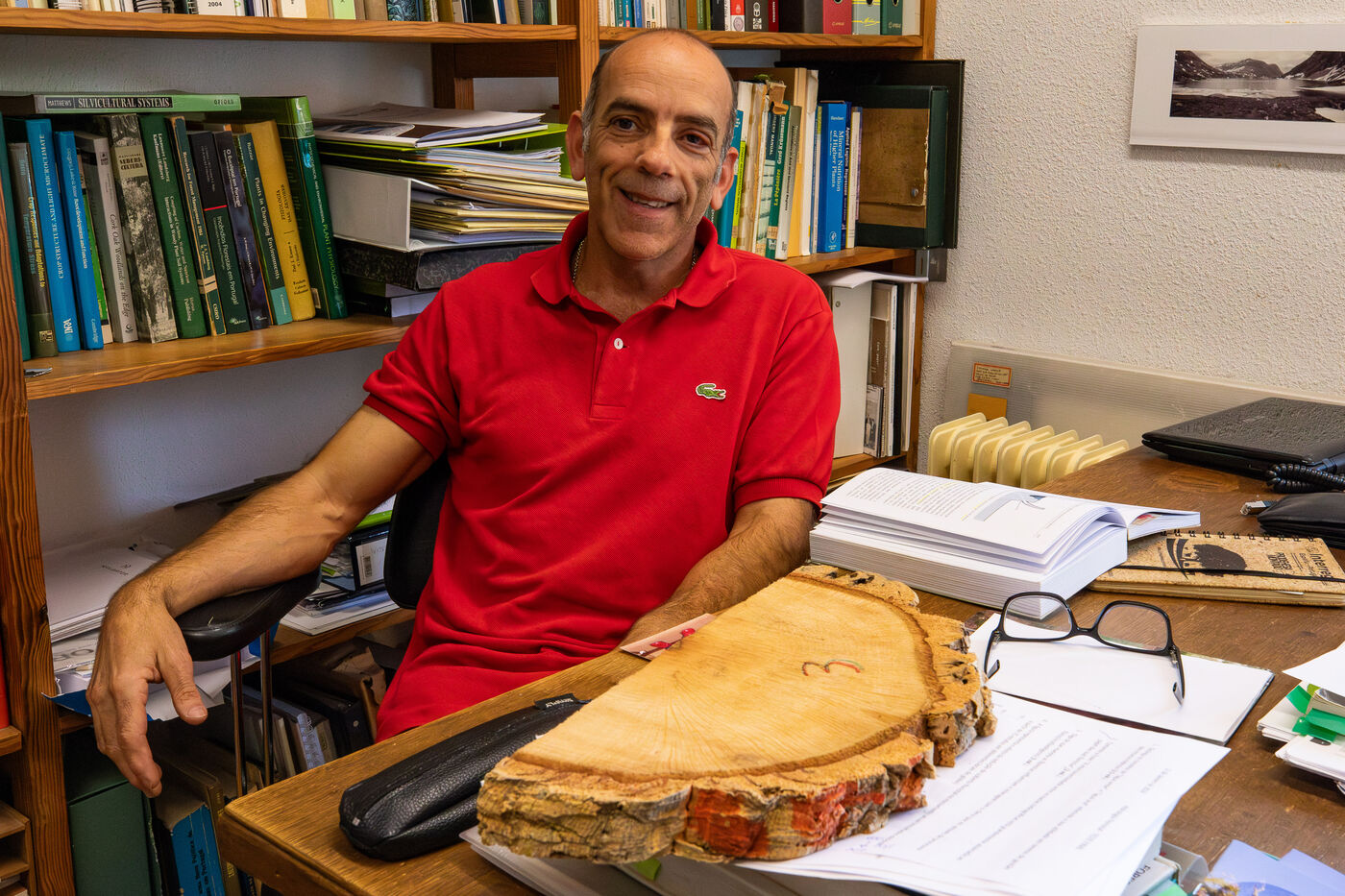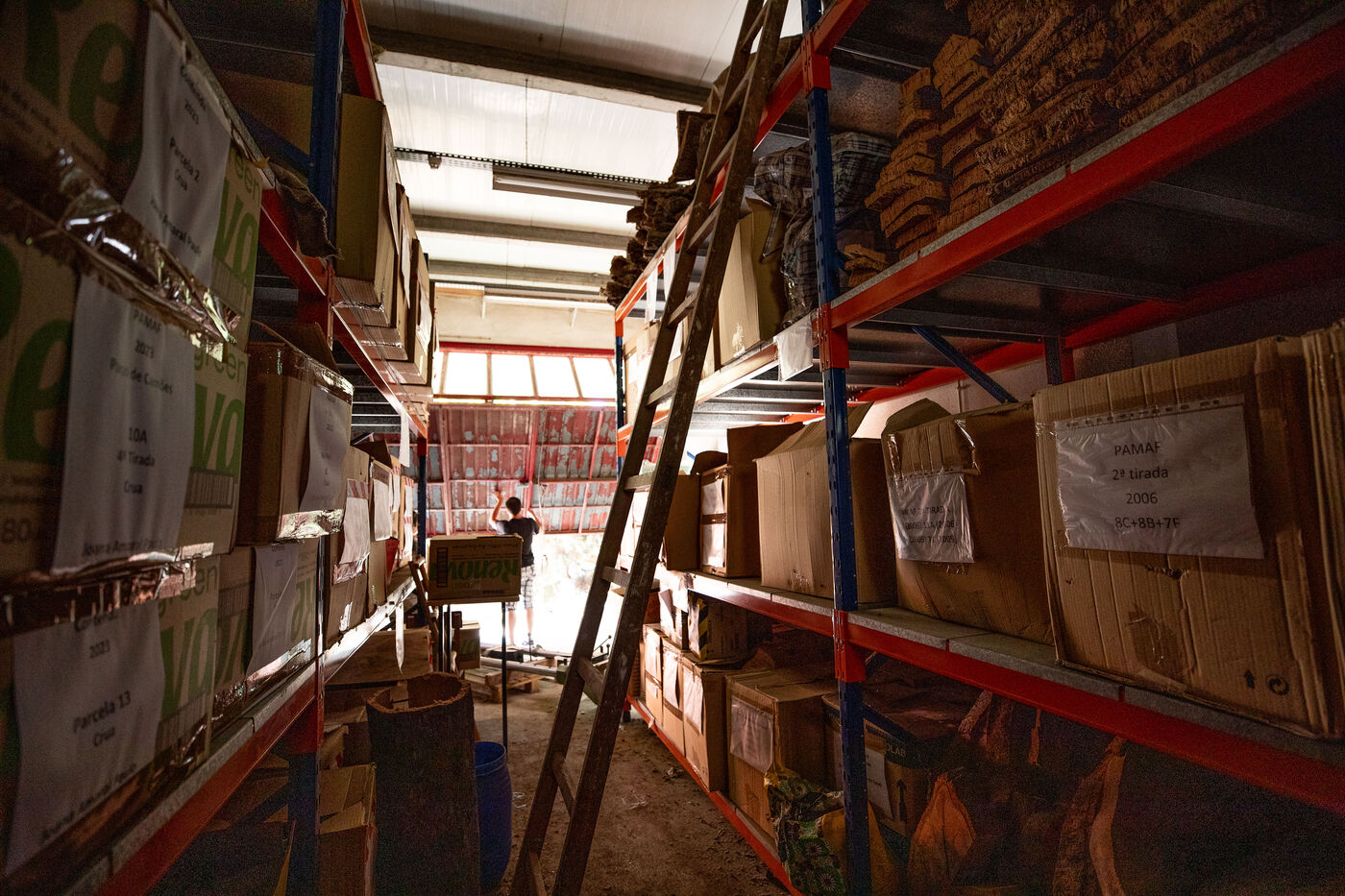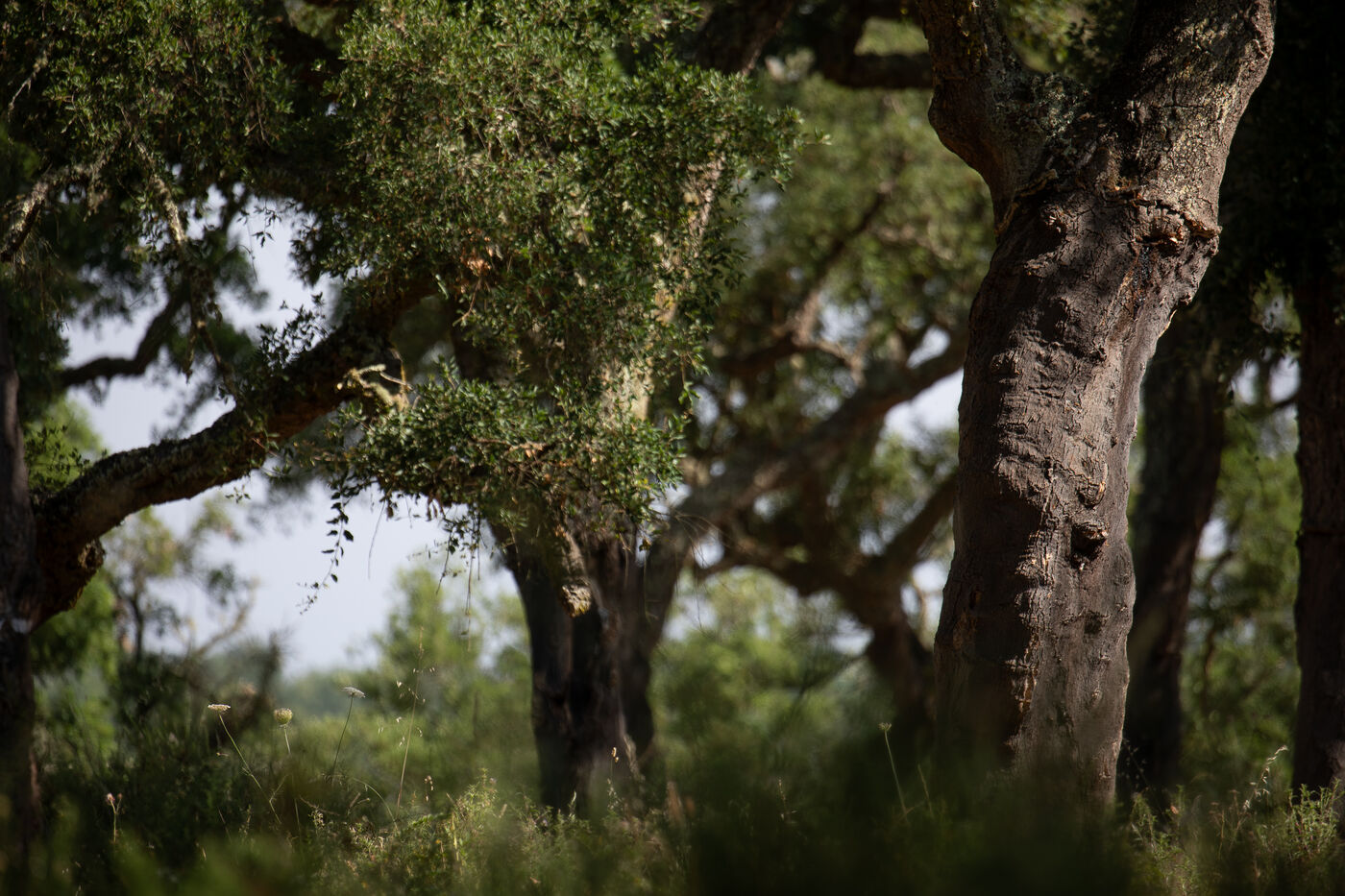Les forêts de chênes liège au Portugal
Les forêts de chênes liège n’existeraient pas sans l’action de l’être humain qui y trouve un intérêt économique certain par l’exploitation de l’écorce de l’arbre, le liège. Exploité depuis des siècles de manières traditionnelle dans des productions peu denses, le liège est aujourd’hui l’un des principaux produits portugais et les suberaies se sont énormément densifiées au cours du dernier siècle allant jusqu’à créer ces écosystèmes essentiels. Les suberaies jouent également un rôle très important en termes de puits de carbone et de lutte contre la désertification, notamment dans un contexte de changement climatique et d’aridification de la péninsule ibérique.
Le reportage suivra l’action de chercheurs du département d’étude des forêts de l’Institut Supérieur d’Agronomie de Lisbonne qui étudient différents paramètres jouant sur la production et la qualité du liège afin d’aider les exploitants à optimiser leur production et ainsi maintenir l’existence de ces forêts.
Cork oak forests in Portugal
Cork oak forests would not exist without the action of human beings, who find a definite economic interest in the exploitation of the tree's bark, cork. Traditionally exploited for centuries in low-density production, cork is now one of Portugal's main products, and cork oak groves have grown enormously in density over the last century, to the point of creating these essential ecosystems. Cork forests also play a very important role in terms of carbon sinks and combating desertification, particularly in the context of climate change and aridification on the Iberian peninsula.
The report will follow the work of researchers from the Forestry Department of Lisbon's Higher Institute of Agronomy, who are studying the various parameters affecting cork production and quality, with a view to helping operators optimize their production and thus maintain the existence of these forests.
